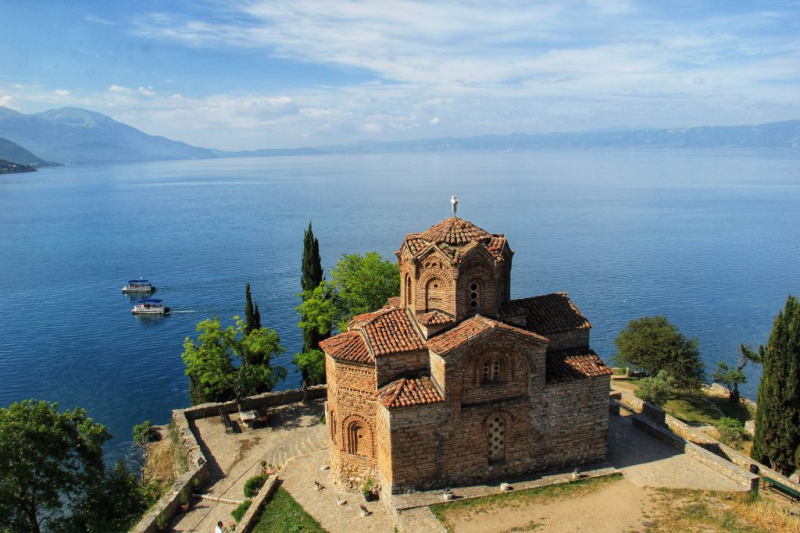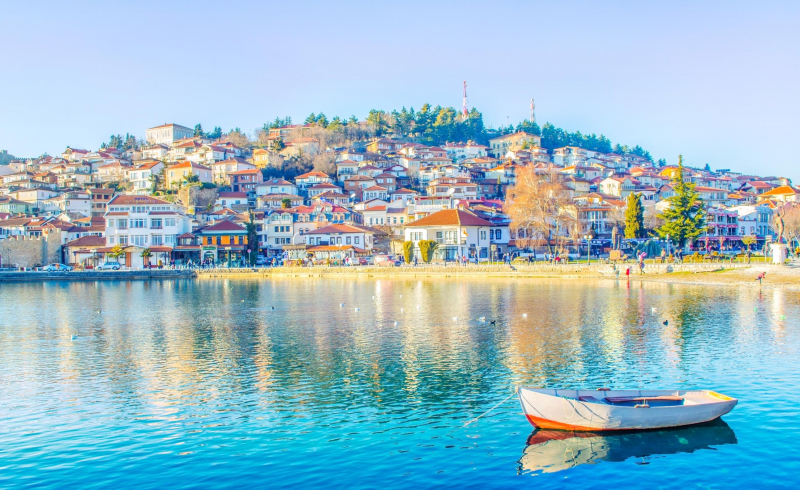Lake Ohrid

Lake Ohrid is a lake that spans the hilly boundary between the eastern section of Albania and the southwest corner of North Macedonia. It is one of the deepest and oldest lakes in Europe, with more than 200 endemic species and a distinctive aquatic environment of global significance.
UNESCO designated the northern portion of Lake Ohrid in North Macedonia as a World Heritage Site in 1979. In 1980, the site's boundaries were expanded to include Ohrid's cultural and historical district. One of Titan's lakes was given that name by NASA in 2010. The UNESCO World Network of Biosphere Reserves now includes the Albania-North Macedonia transboundary reserve of Ohrid-Prespa. In 2019, UNESCO recognized the Albanian shore of Lake Ohrid as a world heritage site. The region of North Macedonia was approved as a Ramsar site in 2021 after meeting all nine requirements.
The stunning lake, which is the deepest in the Balkans, spans the border between southwestern North Macedonia and eastern Albania. It enjoys a prestigious location surrounded by majestic mountains and hills and is watched over by the incredibly photogenic Saint John the Theologian Macedonian Orthodox church. Ohrid, a little resort city nearby, is charming and worthwhile seeing. A charming ancient town with cobblestone lanes, medieval cathedrals, monasteries, historical ruins, and homes with red-tiled roofs can be found there.
Location: North Macedonia–Albania border













